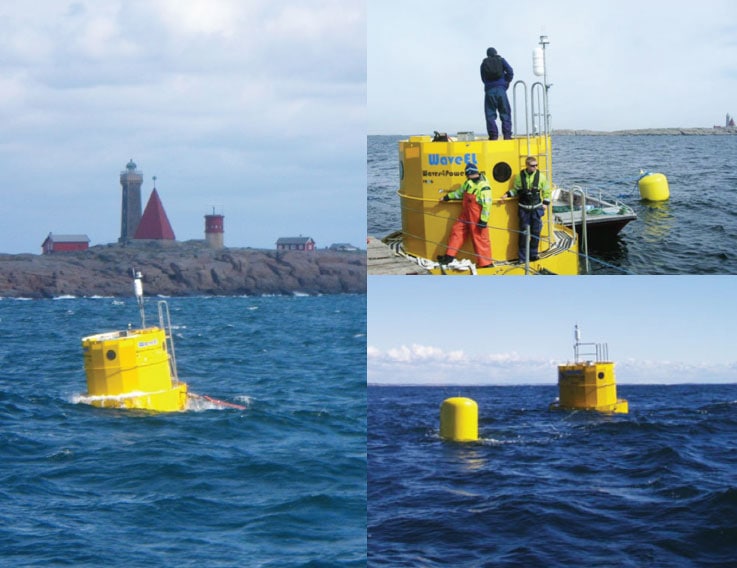
A Company with a Long Experience
Few other wave power companies have accomplished what Waves4Power did in the months between August 2008 and April 2010. We went from an idea to an ocean-tested prototype – the WaveEL™ buoy – in less than two years without any help from large external investors.
However, our story has a much earlier start than even the 2008 date when the WaveEL™ project started.
The history of events that led to the forming of W4P Waves4Power AB; as told by Gunnar Fredrikson, founder and President of IPS InterProject Service AB (IPS) and co-founder of Waves4Power.
Few, other wave power companies have accomplished what Waves4Power did in the months between August 2008 and April 2010. We went from an idea to an oceantested prototype – the WaveEL™ buoy – in less than two years without any help from large external investors.
However, our story has a much earlier start than even the 2008 date when the WaveEL™ project started.
1970’s
1980’s
1990’s
2000’s
2008
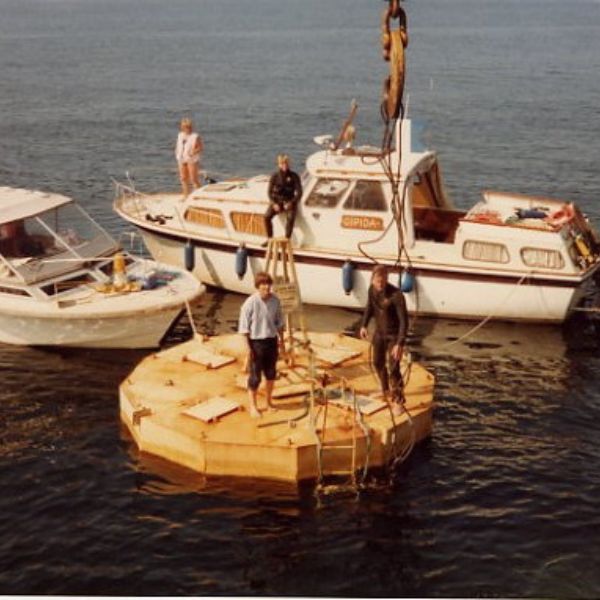
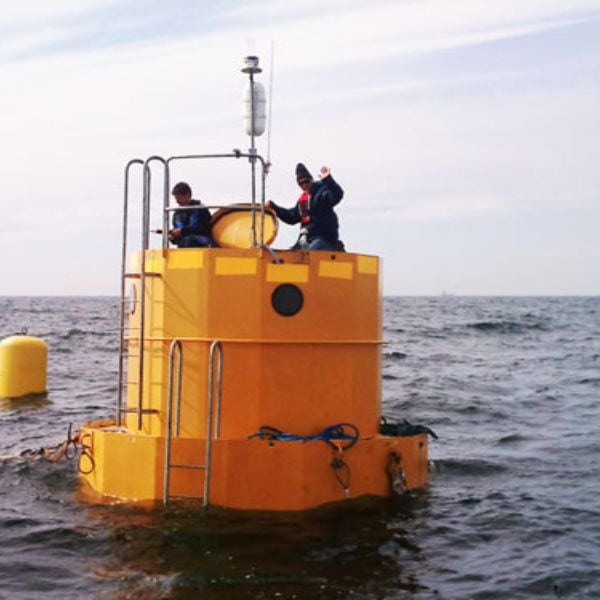
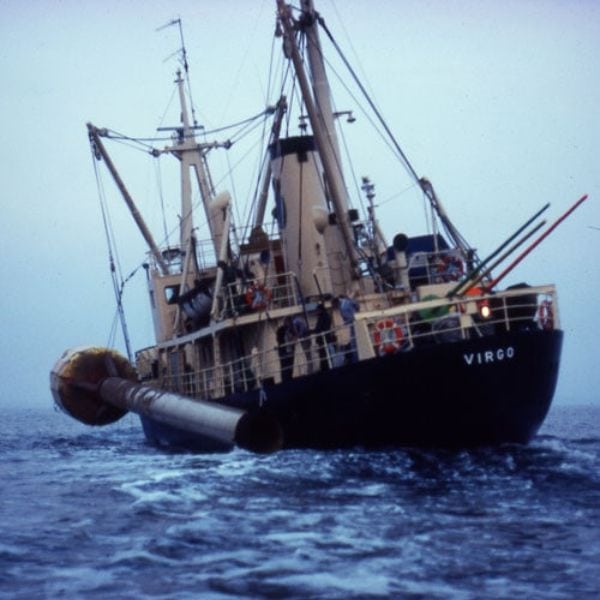
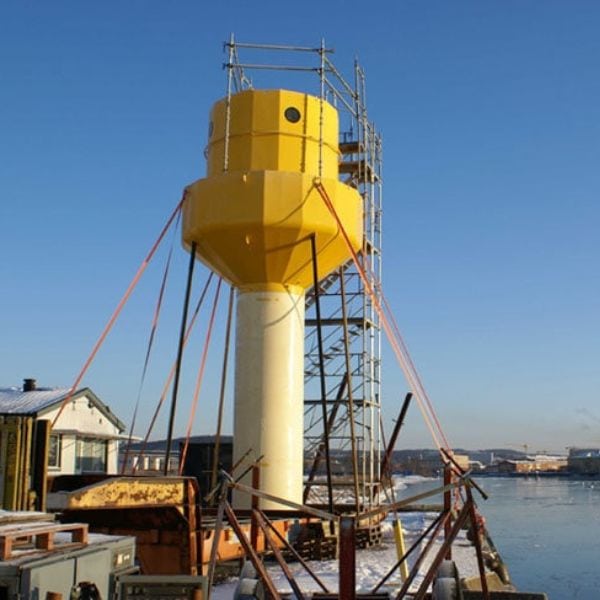




1970’s
The 1973 oil crises triggered a movement among inventors, particularly in Scandinavia,
to start thinking about alternative energy sources and ways to generate electricity from
such alternative sources. The ideas of utilizing the energy in wind and waves – although
not new at the time – seemed particularly intriguing and were two areas of special
interest and many new solutions were presented and tested.
Our consultancy company InterProject Service [IPS] was started right in this time period
and one of the first requests to the company came from a couple of engineers, previous
colleagues of mine. They had applied for a Swedish patent for a simple device to
generate electricity from the vertical motion of waves in lakes or the ocean, now they
needed financial support and guidance to apply for international patents.
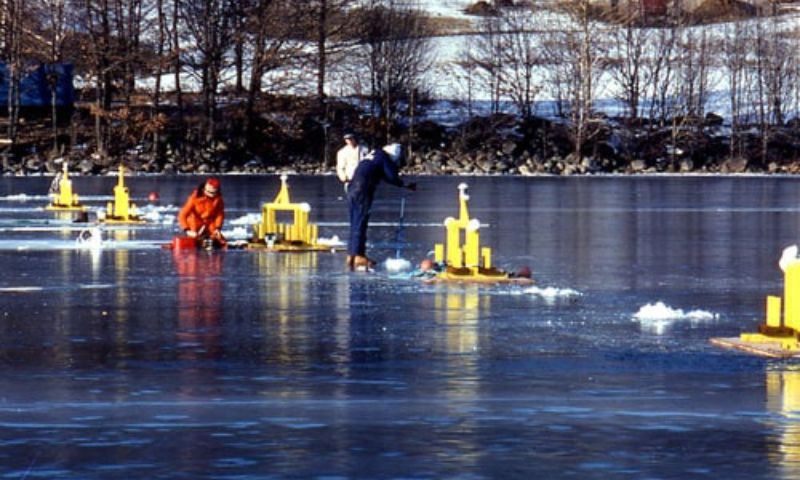
We were fascinated by the idea and even though their first ideas never proved patentable
we continued to work on the concept. Through our contacts at the Royal Institute
of Technology in Stockholm we got access to a wave tank were the first simple practical
tests were performed. These early tests and the introduction to newly appointed
Professor Anders Norén lead us to a new idea – the invention of the acceleration tube.
Additional studies and testing would show the acceleration tube to be a very significant
improvement and the patent that followed cover what we still to this day consider
the signature feature of the IPS-buoy and now the WaveEL Buoy.
At the same period of time the first contacts were made with Professor Curt Falkemo
at Chalmers University of Technology (CTH) in Göteborg were we knew a lot of experience
was available from wave research with buoys – such as navigation and mooring
buoys. News to us however was the fact that Prof. Falkemo just a year prior had started
the work on a book “Vågenergiboken” (“The Wave Energy Book” which was published
sometime later in 1980) about ideas of buoy shaped wave power systems. We also
learned about a new research group – “The Group for Wave Energy Research” that was
being formed at CTH. The group received governmental support for investigating and
researching, among other things, the feasibility of utilizing wave power systems for the
island of Gotland in the Baltic Sea.
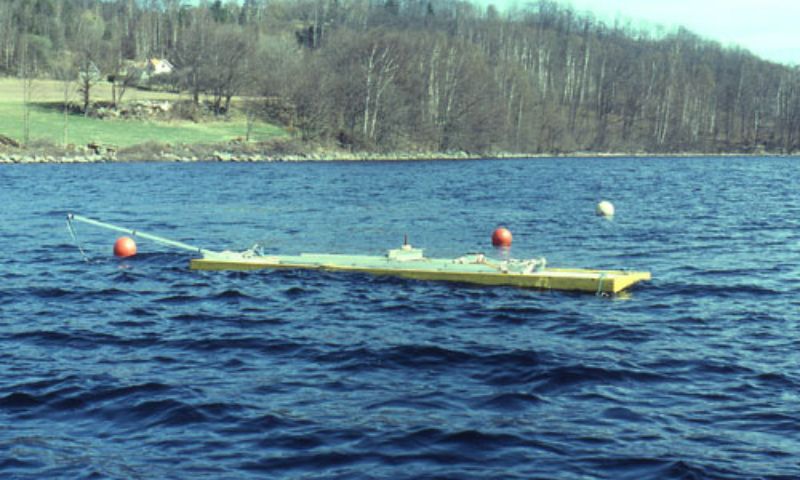
Soon thereafter The Group for Wave Energy Research formed into the consultancy
company Technocean AB – with essentially the same group of people from CTH forming
the company. They continued the work with evaluating Gotland but also took on
the task to help IPS to perform the first 1/5th scale testing in Lake Lygnern south of
Göteborg in the summer of 1979. In parallel with the IPS trials a different wave power
device developed by Svenska Varv AB (Swedish Shipyards) was also tested by Technocean
at the same site in Lake Lygnern.
1980’s
After the trials in Lake Lygnern the IPS-buoy design was considered ready for testing in
the ocean. A full scale prototype – Elskling – was built and tested at different periods
in 1980 and 1981, close to the light house Trubaduren just south of Vinga in Göteborg’s
outer archipelago. The results from these sea trials were considered very encouraging
but the interest in alternative energy subsided quickly in the early 1980th when oil
became plentiful again and prices dropped back to the same levels as before the crises.
1990’s
In January of 1994 a project sponsored by the EU with money from the “Joule
Contract no. 2” was started with the aim to compare the wave power systems that
were best known in Europe at the time. The IPS-buoy as well as the Hose Pump system
was compared with a handful of other devices and tested in a wave tank at the Hydraulic
& Maritime Research Center (HMRC) at Univ. College Cork. The conclusion in the 1996
main report of “The Offshore Wave Energy Converter Project – OWEC-1” was that
“The slack moored IPS point absorber has been selected as the best suited device to
act as both demonstration and test-bed for further R&D.”
The work presented in OWEC-1 and a general awakening about the need for renewable
energy made us start to think in new terms about wave energy. While Svenska Varv had
abandoned their wave power project several years earlier we saw an exciting opportunity!
The idea to combine the IPS-buoy with the Hose Pump concept was born and a
patent for the combined system was applied for in the spring of 1996. When the patent
was approved in the fall of 1998 this became the foundation of what would eventually
be a new company.
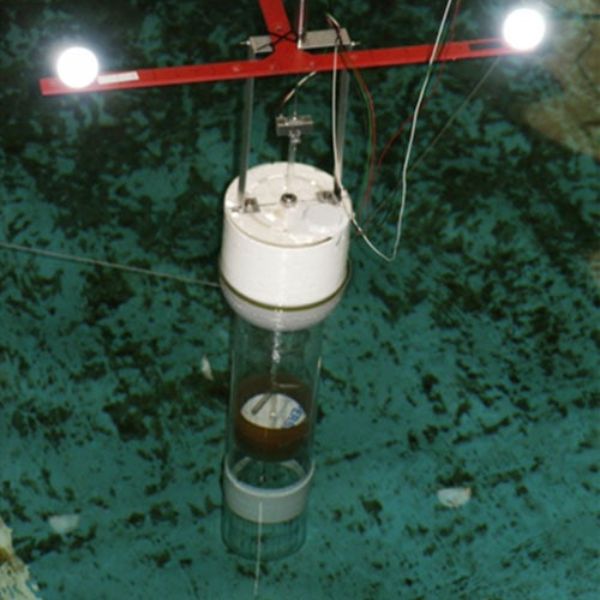
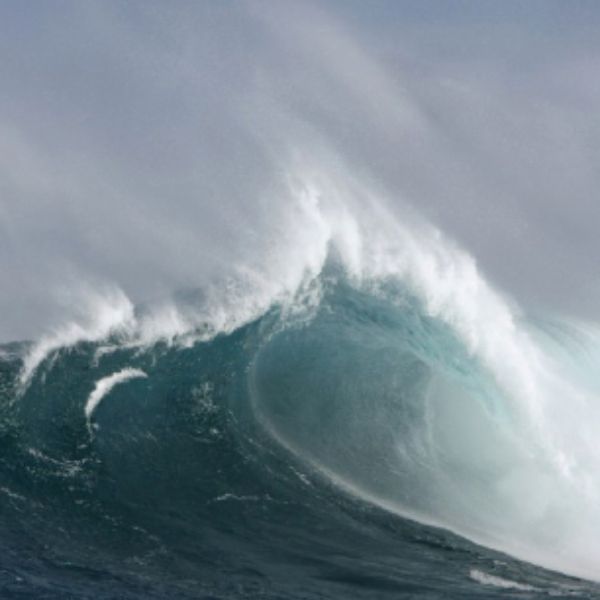
2000
Attempts were made to find financing for a company to develop the new system in
Sweden, but this proved too difficult so instead a new company was formed in the USA
in 2001 by the sons of Gunnar Fredrikson – Hans and Göran, whom both live in the
US. The company was named AquaEnergy Group and was located in Seattle on the
US North West coast where some of the best wave resources in North America can be
found.
After a long development time on a shoe string budget the company received initial
funding from a Canadian investment company in 2005. However at the time of the
second investment tranche in 2006 the investor opted to buy the whole company and
make it all American, cutting the ties with the Fredrikson brothers and the Swedish
group of developers that had lead the development of the new device – the Aqua-
BuOY – up to that point. AquaEnergy was merged with a wind energy company, also
owned by the investor, and in 2007 introduced on the Toronto stock exchange through
a reversed take over.
Unfortunately the continued development of the AquaBuOY was misguided and resulted
in a costly and failed test attempt in the Pacific off the coast of Oregon in 2007.
After this failure the investor put development of the AquaBuOY on the backburner
and a year later decided to cease any further development of the device. IPS used the
opportunity to retake all the intellectual property (IP) rights previously granted to
AquaEnergy and thereby closed the chapter about the company.
Waves
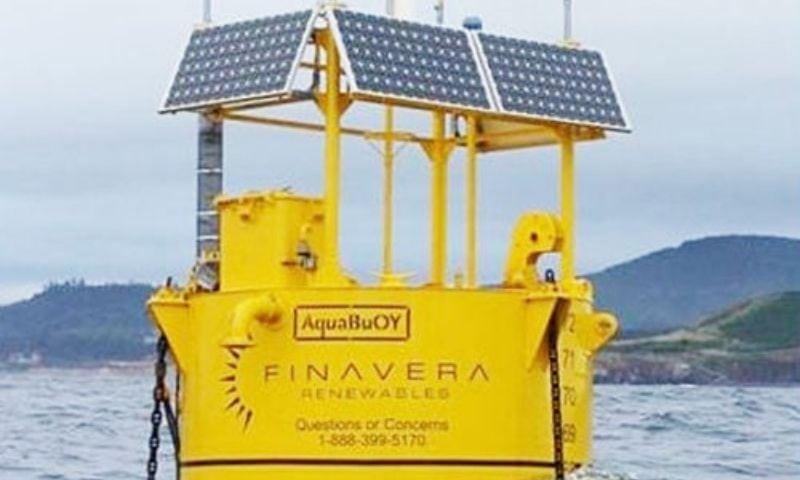
2008
In the fall of 2008 when IPS had recaptured all the IP rights, Hans and Göran Fredrikson
decided to ask the old “Technocean Team” – where the knowledge and experience still
exist – to show once and for all that the IPS concept has substance and with the right
people involved and with the work performed in Sweden, will succeed.
In 2009 Waves4Power was founded and in the summer of 2010 the first full scale
WaveEL-buoy was successfully tested at Vinga just a few km North West of the place
where Elskling had been tested 30 years before.
The circle was completed. The IPS-buoy principle that Waves4Power utilize will prove
to be the most cost efficient wave power system created.
